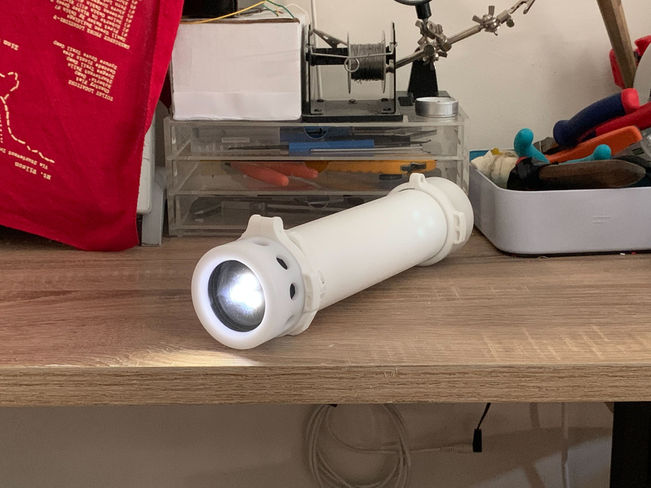
Targeted Exploration
Ocean Discovery League is developing the Global Deep Sea Exploration Goals⎯10,000 targeted seafloor locations that, when visually explored, will provide the first statistically representative visual characterization of the entire deep sea floor.

The Challenge
Visual imaging is one of the most critical, non-invasive methods to study the ocean. It allows researchers to provide situational context to collected samples, observe marine life behaviors and interactions, conduct more accurate biodiversity and abundance surveys, and simultaneously gather biologic and geologic data and assessments. Visually characterizing the deep sea is a critical component, along with seabed mapping and biological sampling, to fully describe this ecosystem.
We estimate that we have visually observed less than .0001% of the deep ocean seafloor over the last 70 years of exploration efforts, and the little we have seen has been in only a handful of EEZs. Even with accelerated solutions, it would take tens of thousands of years to visualize the entire seafloor once.
Our Strategy
Ocean Discovery League is developing the Global Deep Sea Exploration Goals⎯10,000 targeted seafloor locations that, when visually explored, will provide the first statistically representative visual characterization of the entire deep sea floor.
These targets are selected using a data-driven method that uses several criteria and global ocean data sources, including previous observation status, geomorphology, seafloor composition, and input from our partners and global experts. We are building an open-source platform that the global community of ocean explorers and researchers can use to plan research and expeditions and communicate progress toward these goals to the research community and the general public.
These goals, in combination with ODL's work globally to proliferate low-cost, deep-sea data collection tools and build capacity in global communities, will exponentially increase deep-sea observations worldwide over the next fifteen years. More importantly, it will fill in the gaps and create the first globally representative visual characterization of this landscape.




